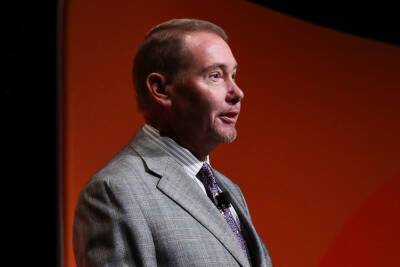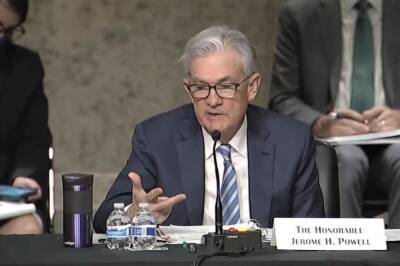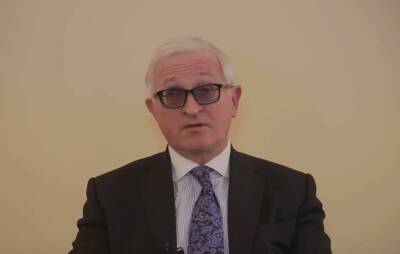The Fed is about to raise interest rates and shaft American workers – again
The January jobs report from the US labor department is heightening fears that a so-called “tight” labor market is fueling inflation, and therefore the Fed must put on the brakes by raising interest rates.
This line of reasoning is totally wrong.
Among the biggest job gains in January were workers who are normally temporary and paid low wages: leisure and hospitality, retail, transport and warehousing. In January, employers cut fewer of these workers than in most years because of rising customer demand combined with Omicron’s negative effect on the supply of workers. Due to the Bureau of Labor Statistics’ “seasonal adjustment”, cutting fewer workers than usual for this time of year appears as “adding lots of jobs”.
Fed policymakers are poised to raise interest rates at their March meeting and then continue raising them, in order to slow the economy. They fear that a labor shortage is pushing up wages, which in turn are pushing up prices – and that this wage-price spiral could get out of control.
It’s a huge mistake. Higher interest rates will harm millions of workers who will be involuntarily drafted into the inflation fight by losing jobs or long-overdue pay raises. There’s no “labor shortage” pushing up wages. There’s a shortage of good jobs paying adequate wages to support working families. Raising interest rates will worsen this shortage.
There’s no “wage-price spiral” either, even though Fed chief Jerome Powell has expressed concern about wage hikes pushing up prices. To the contrary, workers’ real wages have dropped becauseof inflation. Even though overall wages have climbed, they’ve failed to keep up with price increases – making most workers worse off in terms of the purchasing power of their dollars.
Wage-price
Read more on theguardian.com




















